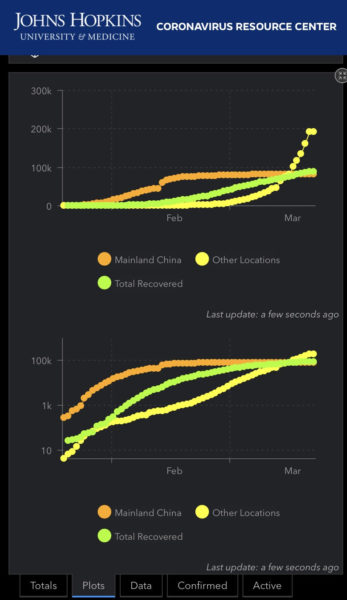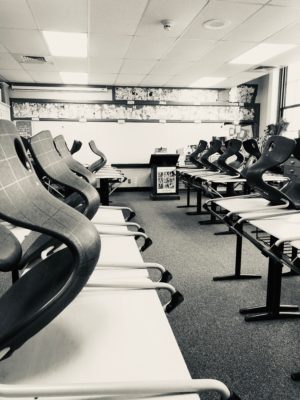I had planned to write this blog on tier two interventions. However, I believe many of us find ourselves thinking about our students and how to best teach them during this time. The main question that plagues me is: How can I maintain equity for all my students during this time?
It isn’t fair that there are unheard student voices out there who are scared, upset, angry, confused and some who can’t communicate. I know that teachers are in uncharted territory, but students are looking to us, their teachers, to establish normalcy. I have spent the better part of the school year getting to know and understand all of my students’ mathematical and social-emotional needs.
I learned through classroom meetings that my students had busy lives with many obligations outside of school. When we received the news that the 16th would be our last day together, my mind was flooded with thoughts.
A few days ago I surveyed my students. Their names have been changed for privacy.
How would Melanie handle her math when I know she is the oldest sibling and will likely be taxed with the extra responsibility of keeping her siblings in check.
Continue reading“I’m kind of starting to like it less than I thought I would. My house is kinda crazy right now with my 6 siblings around all the time. I wish it was only 3 or 4 weeks. I have to help them with their school stuff and it’s hard.”






